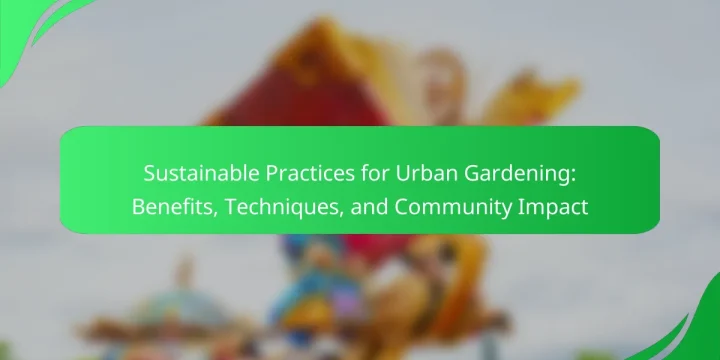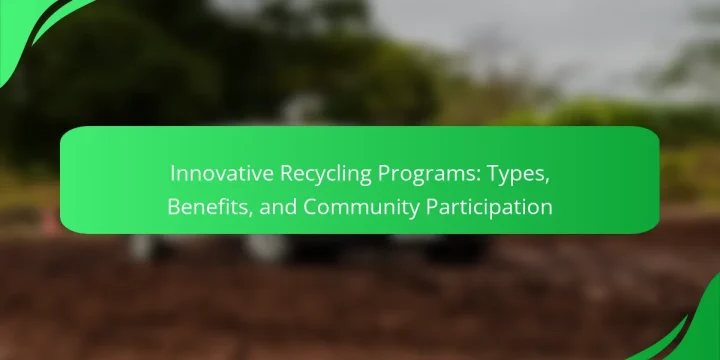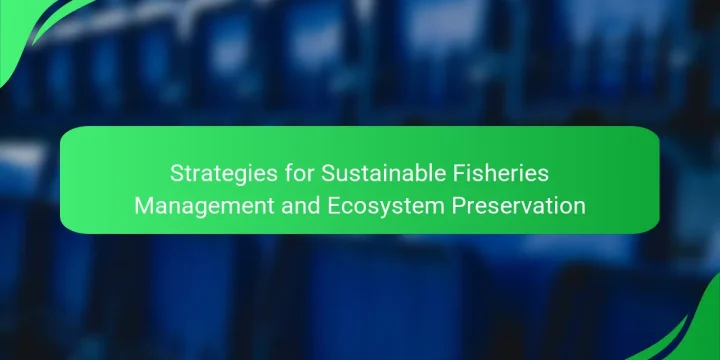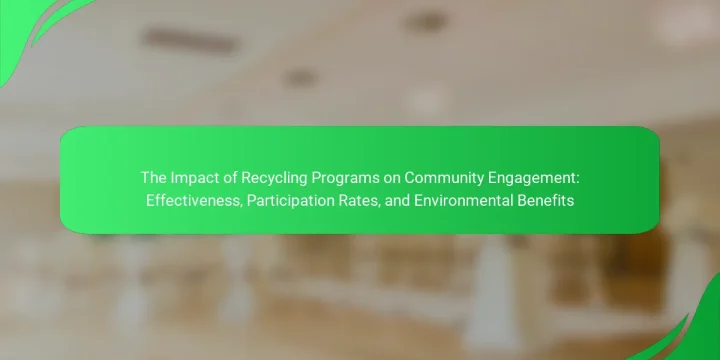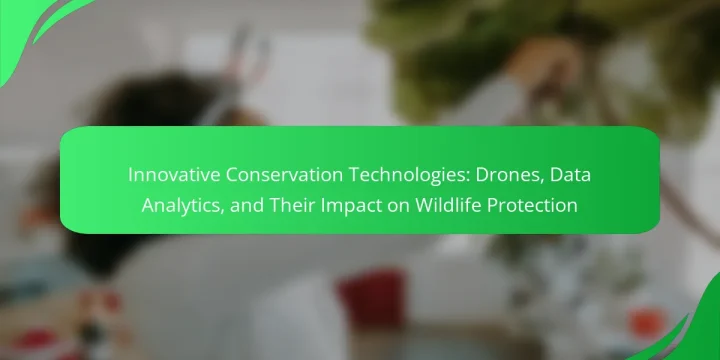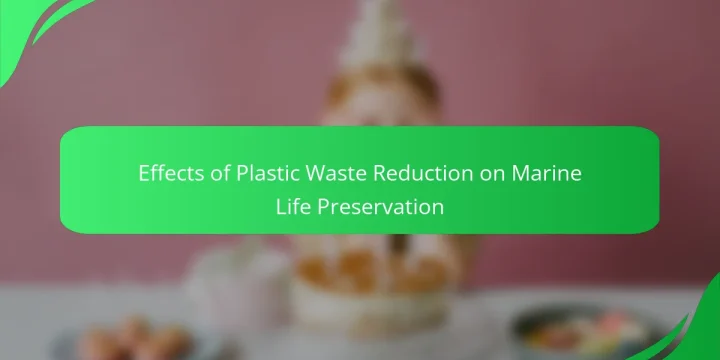
Plastic waste reduction is crucial for the preservation of marine life, as it significantly decreases ocean debris and minimizes entanglements and ingestion of harmful microplastics by marine animals. Over 100,000 marine mammals die annually due to plastic pollution, highlighting the urgent need for effective waste management strategies. Implementing stricter regulations on plastic production, promoting recycling programs, and supporting biodegradable alternatives are essential steps in mitigating this issue. Additionally, community engagement through clean-up efforts and public education can enhance awareness and foster stewardship for healthier marine ecosystems. Collectively, these actions contribute to the sustainability of marine environments and the overall health of the planet. What are the Effects of Plastic Waste Reduction on Marine Life Preservation? Reducing plastic waste significantly benefits marine life preservation. It decreases the amount of debris in…


